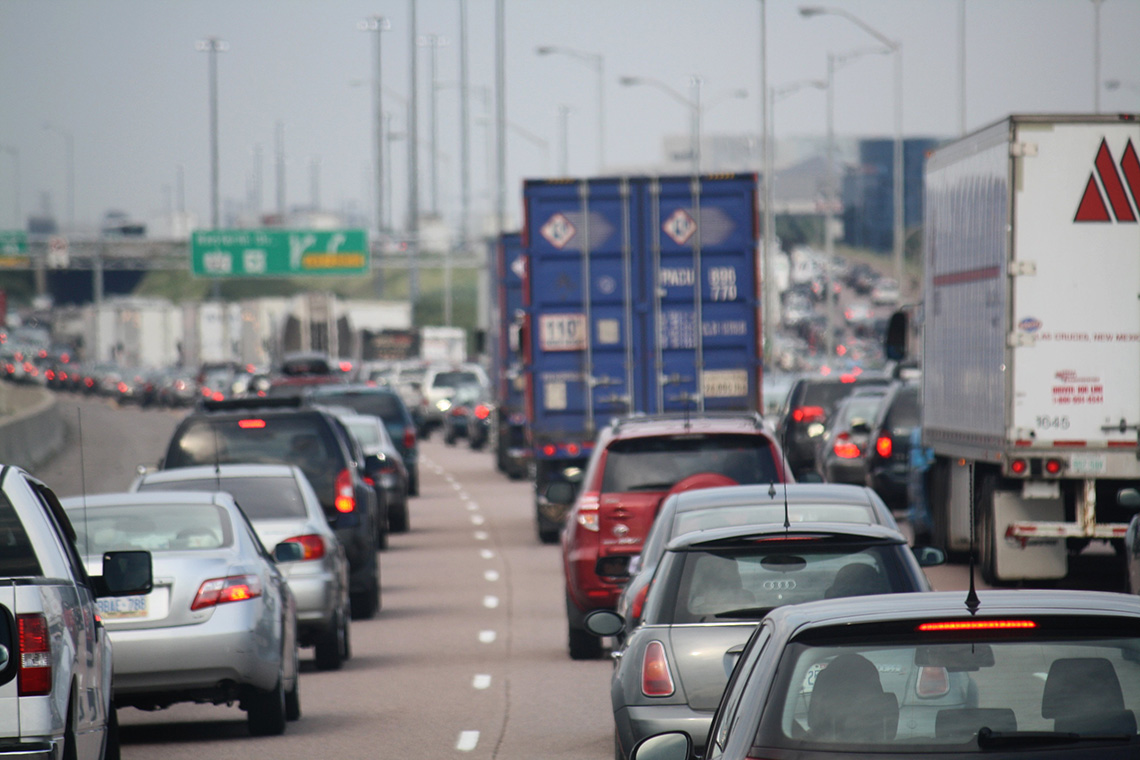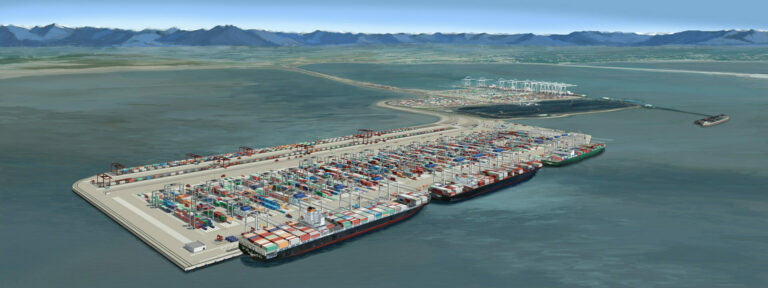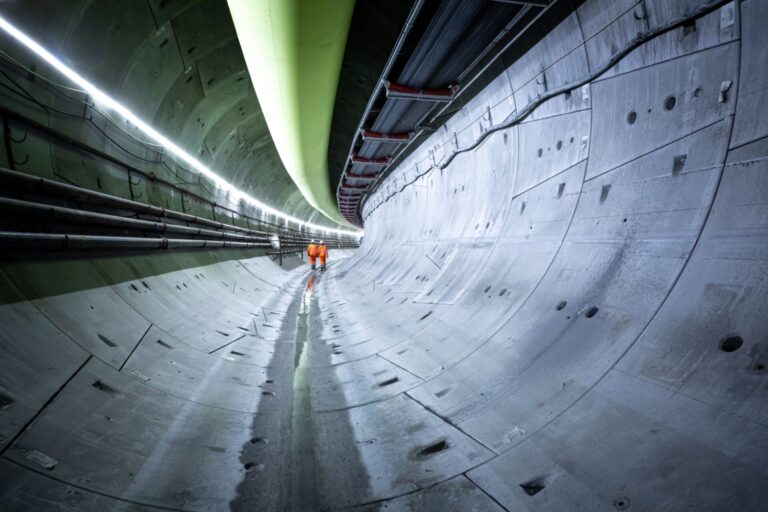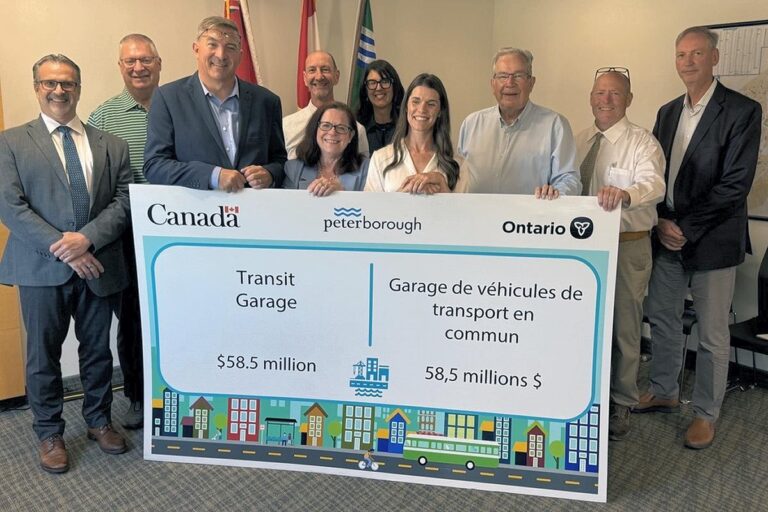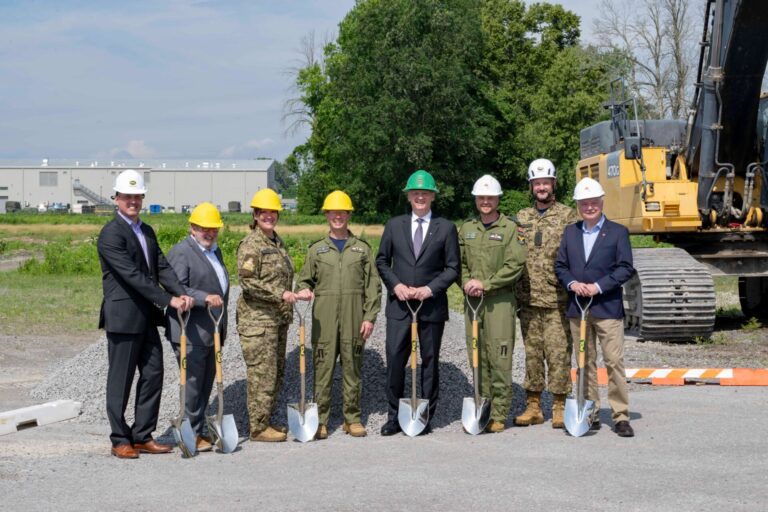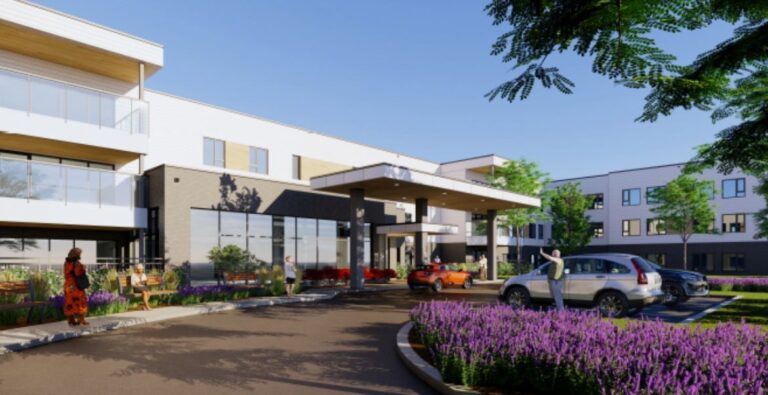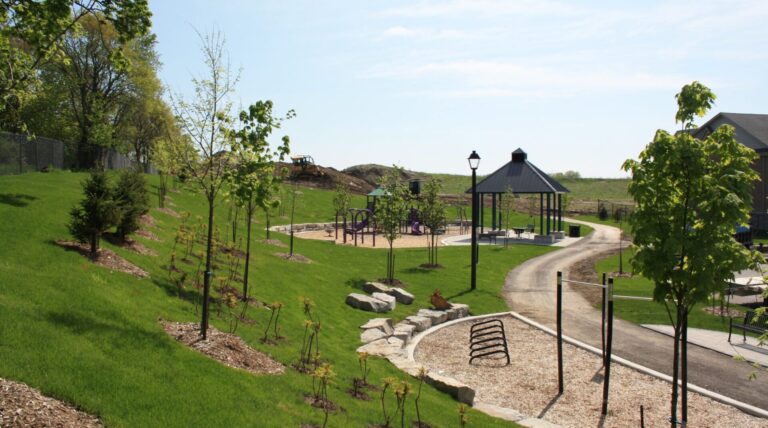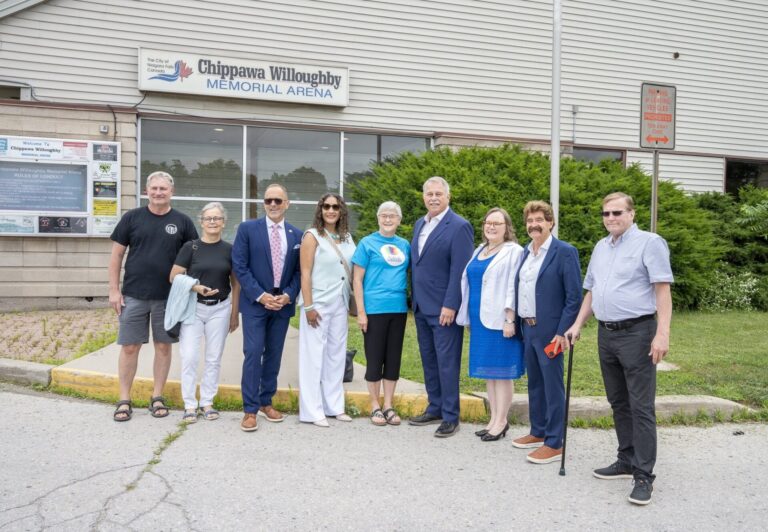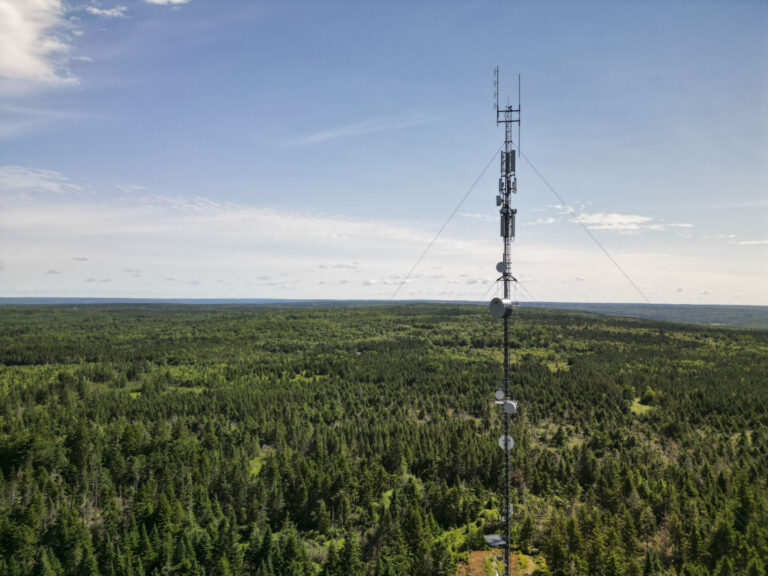A report from the Financial Accountability Office of Ontario (FAO) estimates 55 per cent of municipal assets are in a state of good repair, with the remaining 45 per cent not in a state of good repair. The current cost to bring municipal assets into a state of good repair is about $52 billion.
According to the report, Ontario’s 444 municipalities own and manage the majority of public infrastructure in the province, more than both the federal and provincial governments combined. Municipal infrastructure assets include roads and bridges, water systems, transit, and buildings and facilities. The FAO estimates that the current replacement value (CRV) of municipal infrastructure assessed in this report was $484 billion in 2020.
“The current cost to bring municipal assets into a state of good repair (in other words, to eliminate the municipal infrastructure backlog) is about $52 billion. Municipal roads represent the largest share of the infrastructure backlog at $21.1 billion, followed by ‘other’ buildings and facilities ($9.5 billion), wastewater ($7.3 billion), potable water ($5.3 billion), and bridges and culverts ($4.3 billion),” stated the report.
“We have long advocated that maintaining public infrastructure in a state of good repair is one of the most cost-effective ways to manage the lifecycle of an asset,” said Nadia Todorova, executive director of the Residential and Civil Construction Alliance of Ontario (RCCAO). “Postponing necessary repairs raises the risk of service disruption and increases the costs associated with municipal infrastructure over time. Municipalities own a large portion of the infrastructure in Ontario and require proper capital investment to address its maintenance and state of good repair.”
Other highlights of the report include:
- Municipal water infrastructure, including potable water, storm water and wastewater, has a current replacement value of $229 billion (47 per cent of the municipal total).
- Due to uncertainty about asset condition estimates, the municipal infrastructure backlog could range between $45 billion and $59 billion.
- There are $47 billion of municipal assets whose condition is unknown and not included in the FAO’s infrastructure backlog estimates. If these assets were included, the size of the backlog would be larger.
- The Toronto economic region has the largest share of assets in a state of good repair at 62.3 per cent, 7.6 percentage points higher than the province-wide average. The region also has the lowest infrastructure backlog relative to its CRV, indicating that its assets are in better condition relative to other regions.
Featured image: A new report says almost half of municipal infrastructure needs repairs, with roads making up the largest share of the backlog. (photo by Danielle Scott via Flickr)

